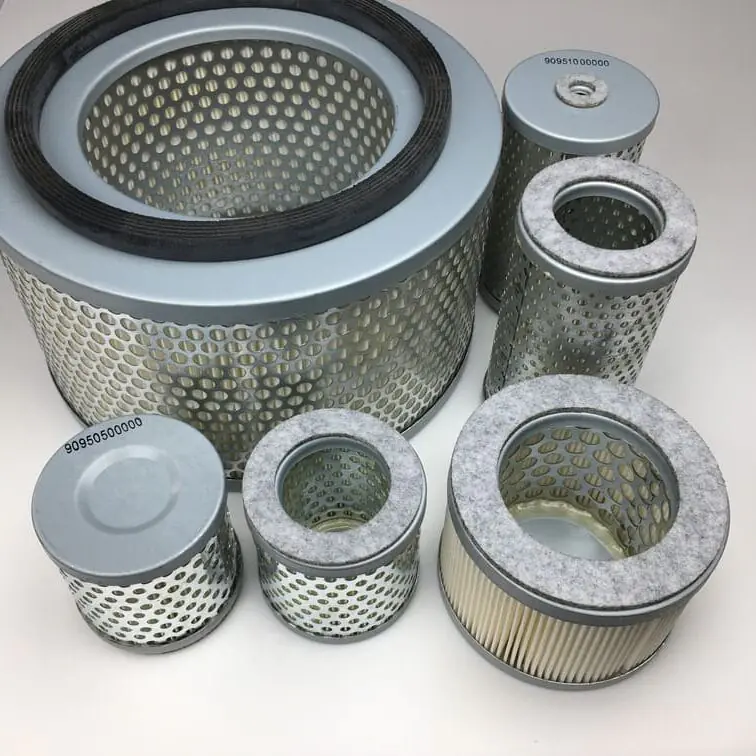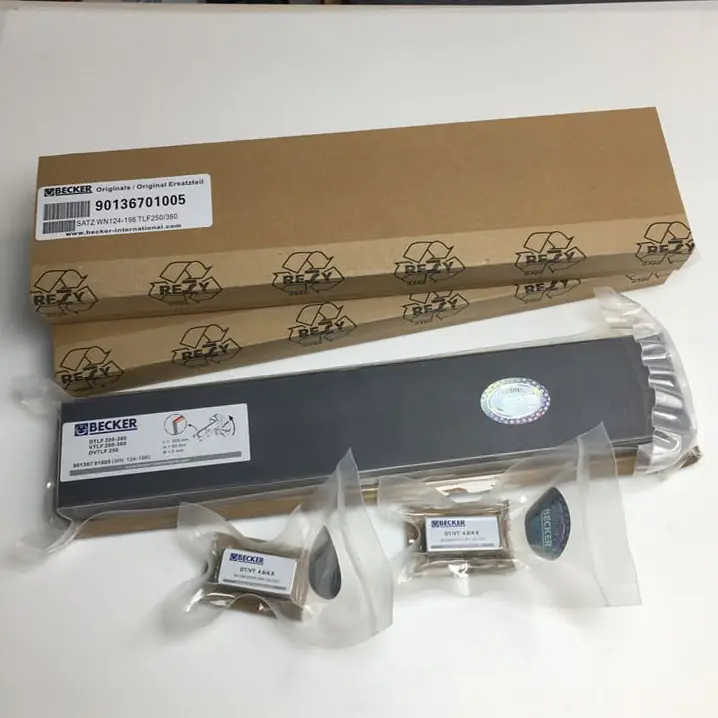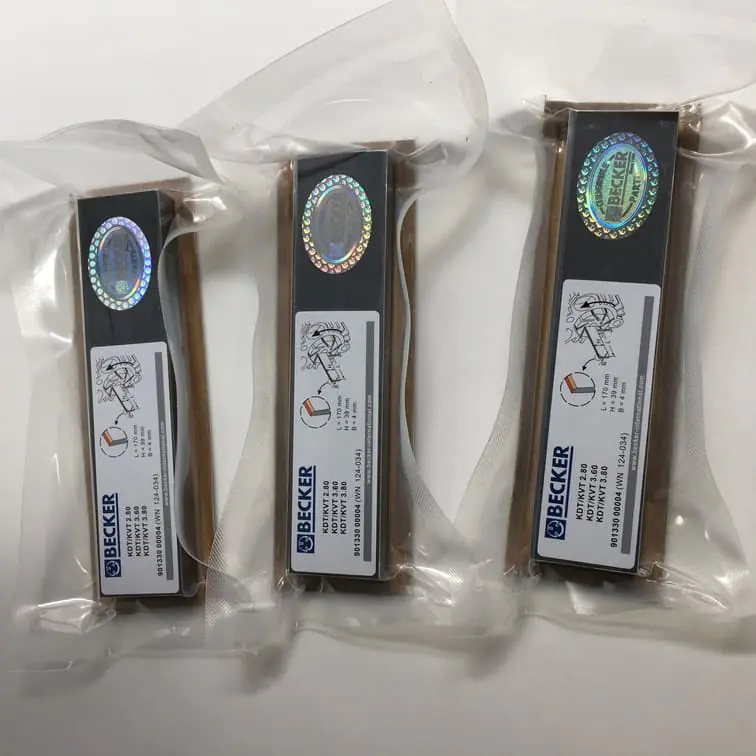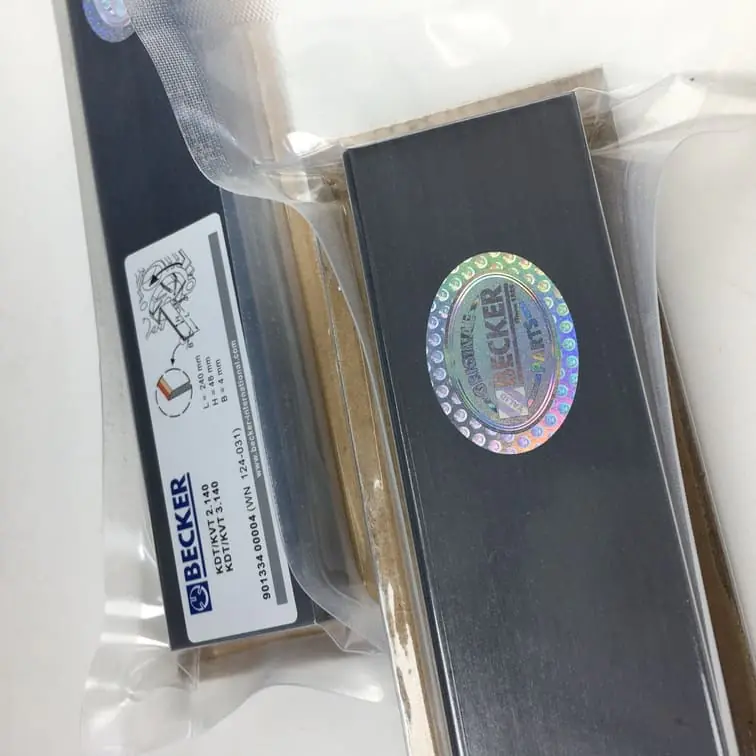What Speed Should Your Pool Pump Be On When Vacuuming?
Maintaining a pool isn’t just about keeping the water blue; it’s about ensuring cleanliness and safety. One of the key elements of pool maintenance is vacuuming, and knowing the right speed for your pool pump while vacuuming is essential for efficiency. In this guide, we’ll explore the ideal pool pump speed settings and dive deep into how to make your pool vacuuming effective.
Understanding Your Pool Pump’s Role in Vacuuming
A pool pump is the heart of your pool system, responsible for circulating water and keeping it clean. When it comes to vacuuming, the pool pump works in tandem with your vacuum to ensure the removal of dirt and debris from the pool floor. But what speed should it be running at?
Pool pumps generally have two settings—high and low speed. Choosing the right one depends on several factors, including:
- Debris Level: How much waste is in your pool?
- Type of Vacuum: Is it a cordless pool vacuum or a manual one?
- Vacuuming Method: Are you vacuuming to waste or to the filter?
By understanding these considerations, you can make an informed decision about setting the right pump speed for vacuuming.
The Difference Between High and Low Pump Speeds
- High-Speed Setting: The high-speed setting allows for maximum water flow, making it ideal for heavy-duty cleaning. If your pool has a lot of leaves, insects, or other large debris, using a higher speed will help ensure that these materials are adequately sucked into the vacuum.
- Low-Speed Setting: This setting saves energy and is better for regular maintenance when the debris is minimal.
Most modern pumps have a variable speed setting, which is more energy-efficient and lets you customize the vacuuming process.
Choosing the Optimal Speed Based on Pool Conditions
When to Use a High-Speed Setting for Vacuuming
High-speed settings are particularly useful in certain situations:
- Heavy Debris Accumulation: If there’s a lot of vacuuming pool waste—such as after a storm or when the pool hasn’t been cleaned in a while—the high speed ensures that larger debris is effectively removed.
- Vacuuming Pool to Waste: This is when the vacuum collects large debris, and you do not want this dirt passing through your filtration system. In such cases, a multi-port setting vacuuming that directs water out of the system is essential, and running the pump at high speed helps move the waste out quickly.
When to Use a Low-Speed Setting for Vacuuming
A low-speed setting, on the other hand, works well for:
- Routine Pool Cleaning: If you regularly clean your pool and the debris is not overwhelming, a low-speed setting helps conserve energy while still getting the job done.
- Cordless Pool Vacuum: These vacuums are usually powered by their own internal systems. Therefore, a lower pool pump speed will suffice, reducing energy consumption and wear on the pump.
What Speed Should I Set?
If you have a variable speed pool pump, setting it around 1800-2200 RPM (rotations per minute) is ideal for vacuuming during routine maintenance. For tougher jobs, consider increasing the RPM to 3000-3500. The balance between speed and energy savings will ultimately depend on your specific pool conditions.
For example, an Enhulk cordless pool vacuum might perform effectively at a lower RPM as it is designed to work independently of the pool pump system. Lower speeds reduce overall energy consumption without compromising the vacuum’s effectiveness.
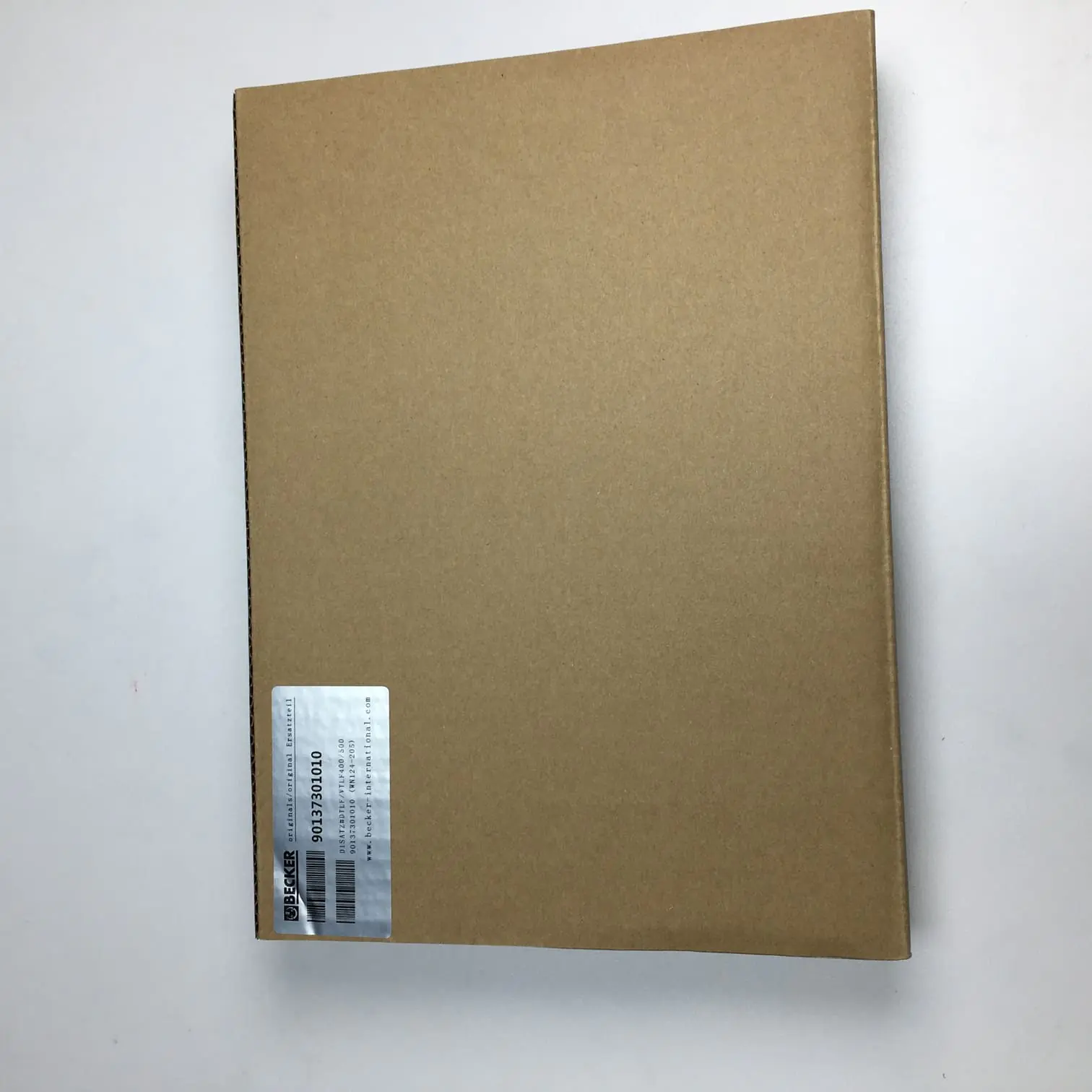
Internal Link Suggestions:
- Learn more about the different pool vacuum spare parts, like the Becker Set of 5 Vanes, to ensure your vacuum remains effective.
Benefits of Adjusting Your Pool Pump Speed
Correctly setting the speed of your pool pump when vacuuming can lead to numerous benefits, both for the health of your pool and for your wallet. These benefits include:
- Energy Savings: Running your pump at the correct speed can save a significant amount of energy, particularly if you use a lower speed during regular vacuuming.
- Efficient Pool Cleaning: Using the right speed ensures that dirt and debris are effectively removed without putting unnecessary strain on your pool pump.
- Prolonged Equipment Life: By not always running your pump at full speed, you reduce wear and tear, prolonging the life of your equipment.
- Better Pool Health: Consistent cleaning at the right pump speed ensures that your pool water remains clear and free of contaminants, reducing the need for chemical treatments.
By understanding how to adjust your pool pump for vacuuming, you can maintain a clean, healthy pool environment while conserving energy.
Types of Pool Vacuums and How They Interact with Pump Speeds
Choosing the right type of pool vacuum is crucial for maximizing cleaning efficiency. Below are some common pool vacuum types and how they interact with different pump speeds:
1. Manual Pool Vacuum
A manual pool vacuum attaches to your pool skimmer, and the suction is powered by your pool pump. The vacuuming speed will directly depend on your pump setting:
- Low Speed: Ideal for regular cleaning.
- High Speed: Perfect for large amounts of vacuum pool waste.
2. Robotic Pool Vacuum
These pool vacuums are self-contained, meaning they don’t require the pool pump for suction. You can keep your pool pump speed on a lower setting while using a robotic vacuum, thus saving energy.
- Energy-Efficient Cleaning: The robotic vacuum can function independently, keeping your pool clean with minimal impact on pump operation.
3. Suction-Side Pool Vacuum
This type of vacuum connects directly to your pool skimmer and uses the suction power from your pump. The higher the pump speed, the stronger the suction, which might be necessary for areas with higher debris levels.
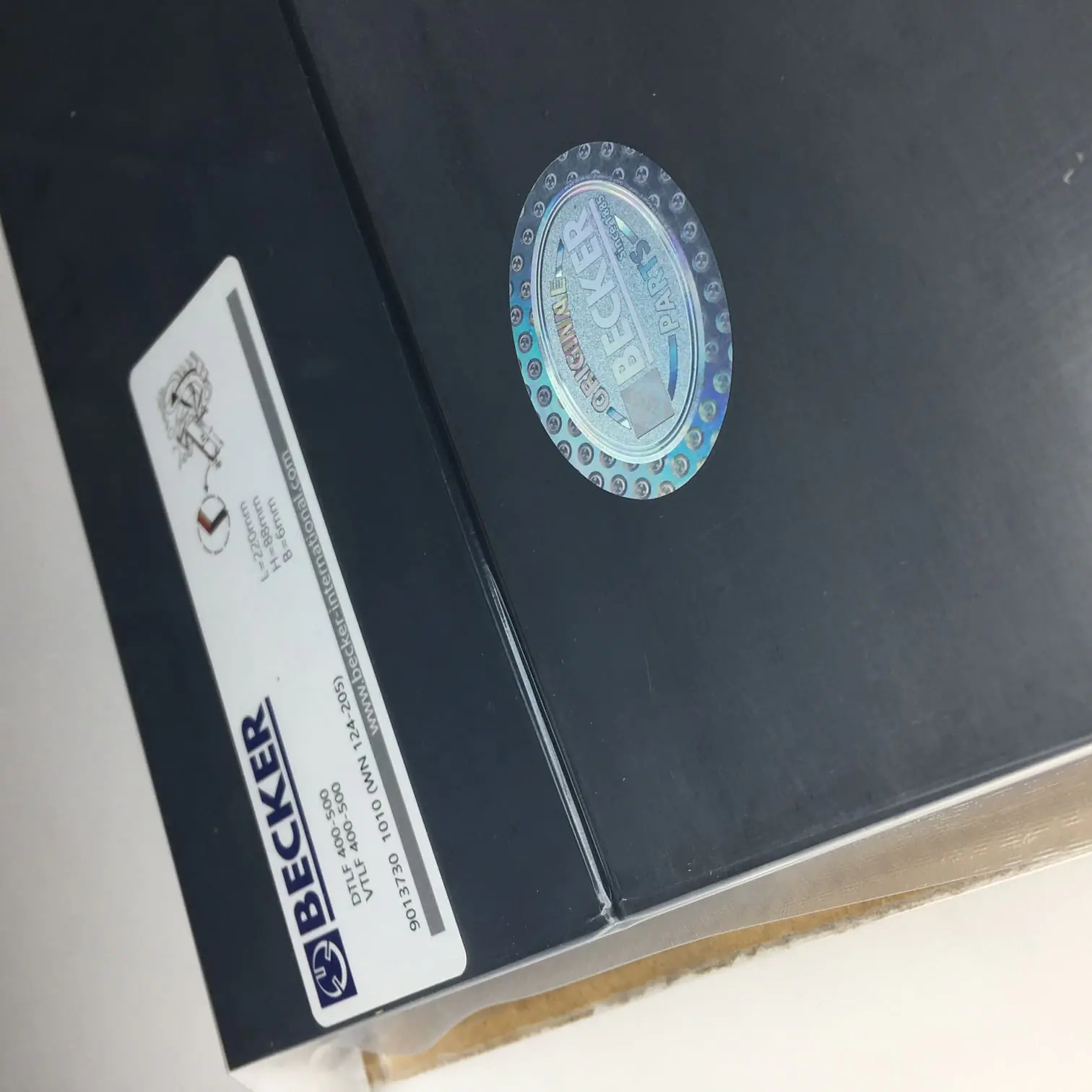
Practical Tips for Efficient Pool Vacuuming
- Routine Pool Cleaning: Ensure a regular schedule for vacuuming, ideally once a week to prevent the buildup of dirt.
- Check the Skimmer Basket: Before vacuuming, make sure that the skimmer basket is empty. This helps maintain optimal suction levels.
- Monitor the Water Flow: While vacuuming, keep an eye on the pressure gauge to ensure that the water flow is neither too low nor too high, which could indicate an issue with the pump or filters.
- Use a Leaf Canister: If you have trees around your pool, a leaf canister can help prevent leaves from clogging the vacuum line, allowing you to vacuum more efficiently.
For more pool maintenance accessories, check out our vacuum pump spare parts page to get everything you need for effective pool cleaning.
Understanding Multi-Port Settings and Their Role in Vacuuming
The multi-port valve on your pool filter system plays a significant role in deciding where the water will go when you’re vacuuming the pool. Different settings can influence the outcome of your vacuuming task:
1. Filter Setting
In this setting, the vacuumed water passes through the pool filter, cleaning the water before returning it to the pool. This setting is ideal for regular maintenance and when there’s not a significant amount of dirt.
- Pump Speed: Keep it at a low to moderate speed to ensure optimal filtration without overwhelming the filter.
2. Waste Setting
When your pool has a lot of debris, or if you’re dealing with a murky pool, it may be wise to use the waste setting. This bypasses the filter, expelling the dirty water out of the pool entirely.
- Pump Speed: A high speed is recommended here to ensure that all debris is effectively removed, especially for heavy vacuuming tasks.
Using the right setting not only helps in maintaining the efficiency of your pump and filter but also ensures that your pool cleaning tasks are done in a way that maintains water quality without overburdening the equipment.
FAQs
1. How often should I vacuum my pool?
Regular routine pool cleaning should include vacuuming once a week, especially during seasons with heavy use or high winds.
2. Should I run my pump on low speed when using a cordless pool vacuum?
Yes, a lower pump speed works well for a cordless pool vacuum since it does not rely on pump pressure for suction.
3. Is it better to vacuum to waste or filter?
It depends on the pool’s condition. Use the waste setting if the pool is extremely dirty, and use the filter setting for routine maintenance.
4. Can I save energy by using a lower pump speed for vacuuming?
Absolutely. Using a variable speed pump and running it at a lower speed during regular vacuuming saves energy and reduces wear on your equipment.
5. What RPM should I set my variable speed pump to for vacuuming?
For routine cleaning, setting your pump between 1800-2200 RPM works well. For heavier cleaning tasks, consider increasing it to 3000-3500 RPM.
6. How do I know if I need to vacuum my pool to waste?
If you notice a significant amount of dirt or the water is cloudy after an algae treatment, it’s best to vacuum to waste to prevent clogging your filter.
Conclusion
Knowing what speed your pool pump should be on when vacuuming is crucial for effective and efficient pool maintenance. The choice between high and low speed depends on various factors such as the level of debris, the vacuum type, and the goal of your vacuuming task—whether for routine cleaning or heavy-duty vacuuming to waste.
By optimizing your pool pump’s speed, you’ll not only save energy but also ensure that your pool is always ready for a swim. For more information about pool maintenance products or to keep your vacuuming pool waste to a minimum, explore our selection of spare parts and accessories.

